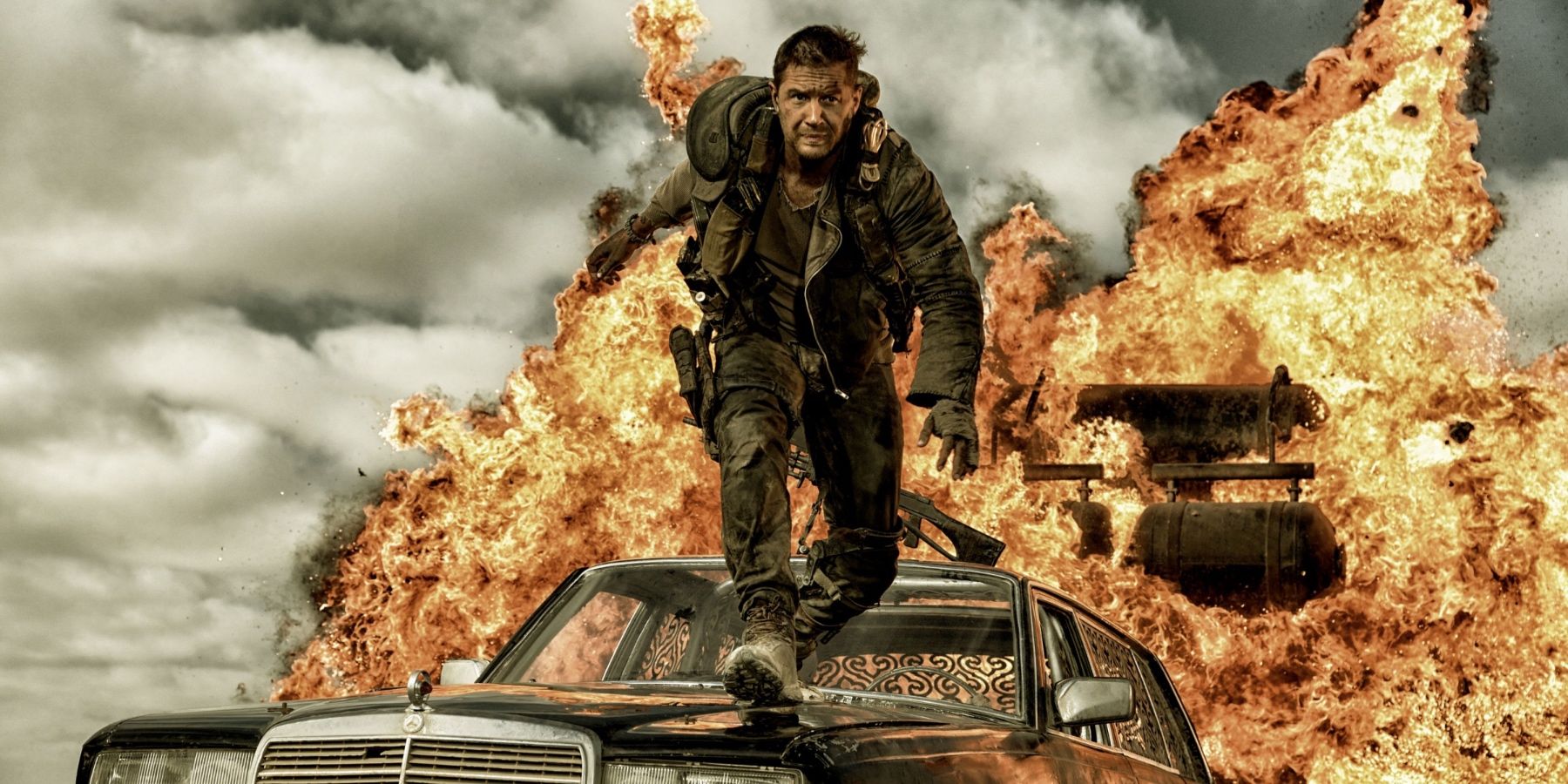The Toronto International Film Festival (TIFF) has released a new video essay from author and film critic Matt Brown, which breaks down the use of practical and digital effects in director George Miller's acclaimed 2015 action movie, Mad Max: Fury Road.
In the short video essay, Brown discusses what he calls the film's "maverick reputation" amongst cinephiles for its use of practical effects. Mad Max: Fury Road has consistently been lauded for its daring and dangerous practical stunt work and special effects. However, Brown is quick to point out that despite the heavy use of practical effects, almost every frame of the film has been digitally altered in some way. In the video essay, Brown asks why this works in Fury Road, but not in something like Star Wars: Episode 1 - The Phantom Menace, which despite its reputation for overused CGI, actually features more practical effects than most films.
Brown also makes the comparison between Gollum from Peter Jackson's Lord of the Rings trilogy and Jar Jar Binks. Both characters were entirely digitally composed, but one is considered to be an embarrassment to the franchise, and the other was lauded as an achievement in visual effects. The Star Wars franchise developed such an intensely negative reputation for its reliance on CGI that much of the marketing for the first sequel film, Star Wars: The Force Awakens, focused on director JJ Abrams's use of practical costumes and sets, despite the fact that the sequel films also heavily relied on digital effects like most modern blockbusters.
In the video essay, Brown asserts that while there seems to be some inconsistency in audiences' reactions to digital vs practical effects, there is certainly something special about seeing practical stunts performed by dedicated professionals. This authenticity definitely adds to Fury Road's success. Brown also points to the more recent Mission: Impossible films as an example of jaw-dropping practical stunts, as these films seem determined to kill actor Tom Cruise in one of his many death-defying stunts. Finally, Brown points out that in the years since Jar Jar Binks first graced the screen, both digital and practical effects have improved drastically. There is no better example of this than the fact that Fury Road was able to pull off the largest tanker explosion in film history, resulting in an image so impressive that most audiences wouldn't even realize Hardy was digitally added into the scene.
Seven years later and Mad Max: Fury Road remains one of the most talked-about films of all time, and for good reason. It's widely considered to be one of the best action films movies of the 21st century, and with the upcoming prequel in the works, it's likely to maintain that reputation. The film has been back in the news recently with the release of Kyle Buchanan's book Blood, Sweat & Chrome: The Wild and True Story of Mad Max: Fury Road, which dived deep into the making of the film. One of the most talked-about elements of the book was the on-set feud between co-stars Charlize Theron and Tom Hardy, which allegedly got so bad that Theron was actually afraid for her safety during the shoot.
Matt Brown is the head of the Digital Experience team for the Toronto International Film Festival. On March 31st, he presented a screening of the film in 35mm at the TIFF Bell LightBox theater in Toronto, Ontario. He is also the author of The Cinema of Survival: Mad Max Fury Road, a book of essays about the film that was available to purchase at the screening.
Mad Max: Fury Road is now available to stream on HBO Max.
Source: TIFF Originals | Youtube

